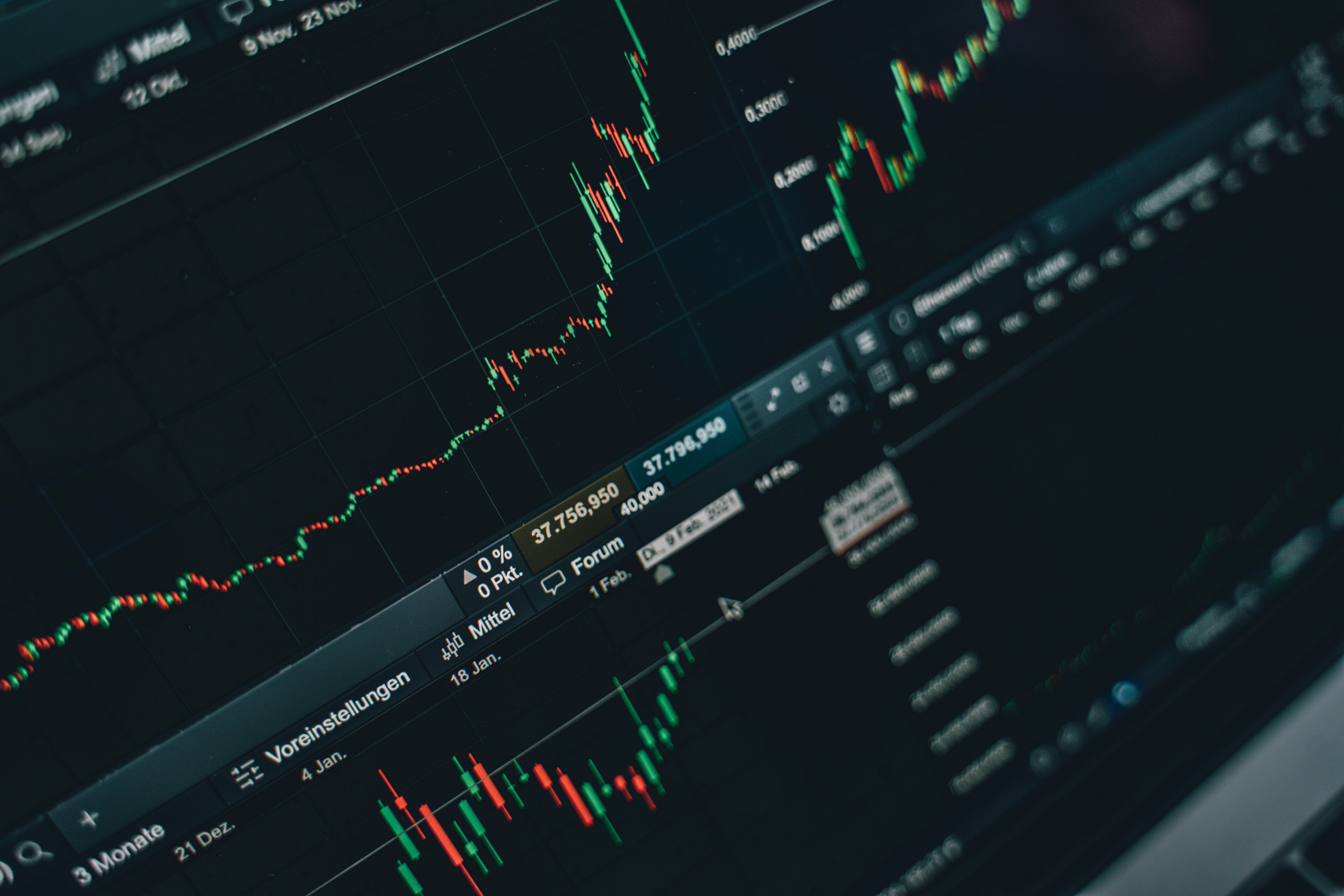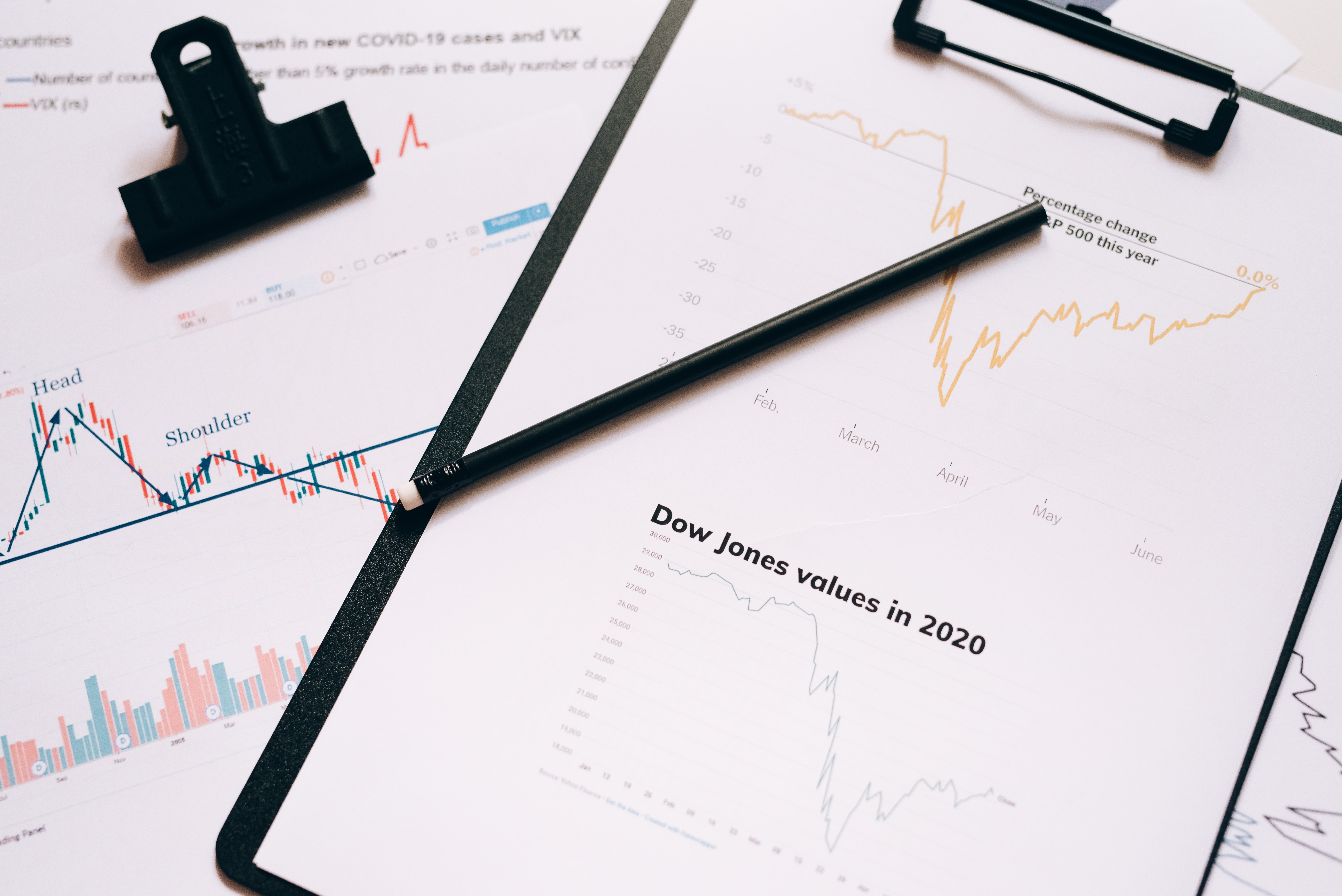Last Friday evening Beijing time, Federal Reserve Chairman Jerome Powell made hawkish remarks at the Jackson Hole Global Central Bank Annual Meeting, which led to a significant drop in the U.S. stock market on Friday and resulted in its weekly loss being the highest among the world's major economies.
Market expectations for a 75 basis point interest rate hike by the Federal Reserve in September have risen sharply. What impact will this have on the future market?
Last Friday evening, Beijing time, the market welcomed the Jackson Hole Global Central Bank Annual Meeting as expected. Federal Reserve Chairman Jerome Powell delivered hawkish remarks at the meeting, vowing to continue fighting inflation and that it is necessary to continue raising interest rates and maintain high interest rates.
However, what we already know is that Powell's hawkish stance has dealt a heavy blow to growth stocks that had been on an upward trend since July, and has put the US stock market valuation, which had just returned to above the mean, in an awkward position.
After the Federal Reserve's aggressive interest rate hike of 75 basis points in July, concerns about a recession intensified, and the expectation that high inflation has “peaked.” This has led the market to bet on the Federal Reserve's imminent “pivot,” with expectations of easing monetary policy quickly heating up. This has led to an “overpricing” of the US stock market, with growth stocks rebounding significantly.
The result of this is that the market needs to correct the excessive easing expectations from the previous period, with US stocks, especially high-value growth stocks, leading the decline.
In contrast, the US bond market had already factored in hawkish expectations, so before this meeting, US bond yields had risen.
As expected, influenced by the remarks of this meeting, the three major US stock indices all experienced a sharp drop last Friday, with the Dow Jones Industrial Average falling by more than a thousand points.
Data shows that in the past week, among the 16 major global stock indices, only three have risen, with most experiencing a decline and poor performance. Among them, the Russian MOEX Index, the Hang Seng Index, and the FTSE Straits Times Index were at the forefront with an increase of one week, while the weekly decline of the three major US stock indices was far ahead, all exceeding 4%.
US stocks lead decline, the Federal Reserve may raise interest rates in September.
In addition, the German DAX index and the French CAC 40 index also saw significant declines, exceeding 3%. Asian markets were not affected by the Federal Reserve Chairman's speech last Friday, with the South Korean Composite Index and the Nikkei 225 only experiencing a slight drop of less than 1% for the week.
The domestic market is still in a rate cut cycle, and A-shares are still in a range-bound fluctuation. The Shanghai Stock Index was relatively strong in the past week, with only a slight drop of 0.67%, ranking at the top. However, the Shenzhen Component Index and the ChiNext Index were dragged down by the continuous sharp decline of the heavyweight Ningde Times, with the drop exceeding 2%.
Overall, the stock markets of major global economies are full of suspense next week. After the sharp decline in the rate hike cycle in Europe and the United States, whether they can stop falling and rebound, whether the Asian market will experience a catch-up decline, and whether A-shares in different economic cycles can stand out even more are all worth looking forward to.
After Powell's tough hawkish speech, the market expects the Federal Reserve's September policy meeting to be more inclined towards raising interest rates by 75 basis points. Data shows that the market expects a 61.5% probability of the Federal Reserve raising interest rates by 75 basis points to a range of 3%-3.25% in September, and a 38.5% probability of raising interest rates by 50 basis points to a range of 2.75%-3%.
Gold: Continue to emphasize that Q3 is an important window for allocation, Europe's potential debt risks will enhance the value of gold allocation, and London gold may challenge the year's high in the second half of the year.
Looking at the potential evolution of the macro environment in the second half of the year, gold is the major asset category that is highly favored in the second half of the year.
If the pressure of European debt intensifies, based on the experience of 2010, the sentiment of risk aversion will drive the price of gold upwards; if the European debt issue is resolved smoothly, the decline in the actual yield of the US dollar and US Treasury bonds will also be beneficial to gold.
U.S. Treasury Bonds: Before the easing of energy pressure, the yield may remain in a wide fluctuation, and it is expected to gradually fall afterward. Before the energy pressure is alleviated, the uncertainty of inflation and tightening expectations may keep the U.S. Treasury bond rate fluctuating within the range of 2.5%-3%.
Looking forward to the end of the year, the expectations for the Fed's tightening will gradually ease, and economic data are expected to further deteriorate. Against this backdrop, the U.S. Treasury bond rate is expected to gradually fall to the 2.5% range, and the yield of the 10-year and 2-year U.S. Treasury bonds may continue to be inverted in the second half of the year.
As a neutral interest rate level, it is difficult for the 10-year rate to trend below 2.5% before the further decline of the inflation level.
U.S. Stocks: It is expected to complete the bottoming in Q3 and rebound gradually in Q4. With the gradual release of short-term U.S. stock second-quarter earnings and the downward revision of the annual growth expectation, the valuation pressure caused by tightening expectations and the profit revision caused by recession expectations will come to an end.
The easing of austerity measures will lead to a decline in interest rates, which will boost the U.S. stock market. In terms of style, it is believed that the NASDAQ will still outperform the Dow Jones Index.
In the domestic market, after the interest rate cut, the policy to stabilize growth will further focus on “striving for the best results.” The State Council has also arranged 19 follow-up policies. Although the reversal of the fundamental expectations will not happen overnight, it will gradually approach. Therefore, with the support of the fundamentals, the market is expected to break through the current platform in the medium term. Investors are advised to pay attention to the re-allocation opportunities before the reversal of expectations.











